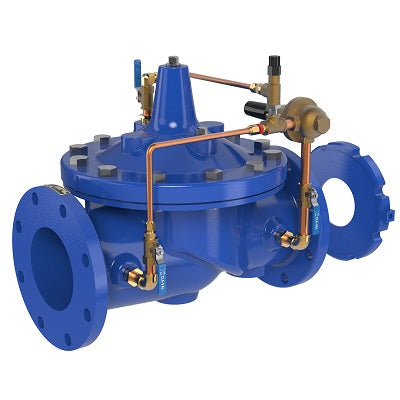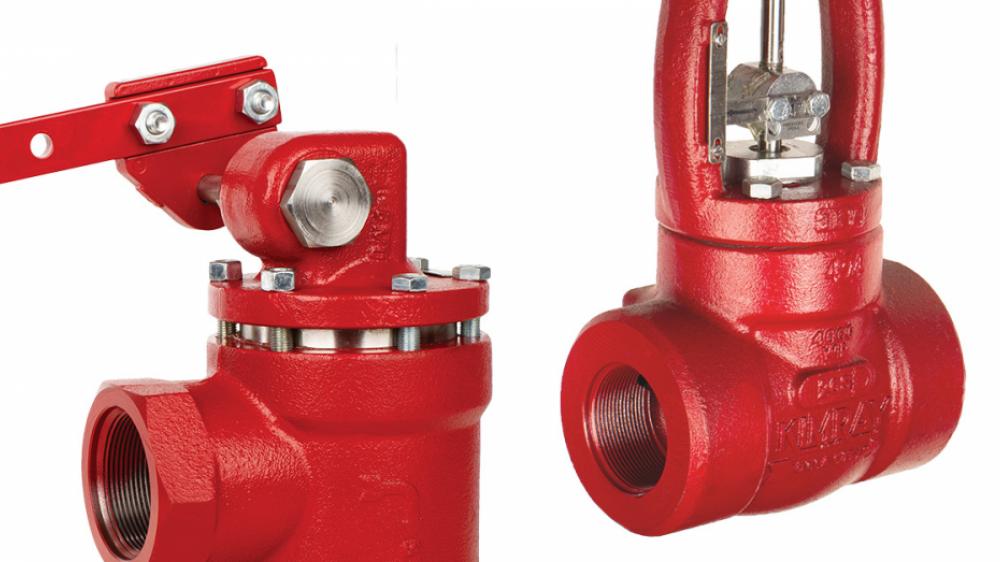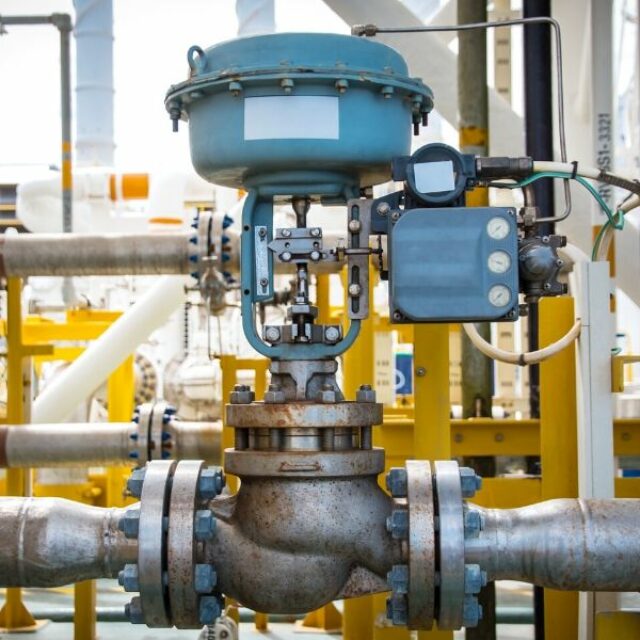Innovative Control Valves: Enhancing Accuracy and Dependability
Innovative Control Valves: Enhancing Accuracy and Dependability
Blog Article
Achieve Seamless Combination and Control With Quality Structure Automation Controls
In the realm of contemporary building management, the significance of high quality building automation controls can not be overstated. Accepting top quality structure automation controls is not merely a matter of comfort however a strategic important for organizations intending to optimize their facilities' performance and sustainability.

Development of Structure Automation Controls
Throughout the past couple of years, the development of constructing automation controls has dramatically changed the way buildings are handled and operated. Developing automation systems largely concentrated on basic functions such as managing heating, air flow, and air conditioning (HVAC) systems. As modern technology progressed, these controls have become much more advanced, enabling for a bigger range of structure systems to be incorporated and taken care of centrally.
The advancement of building automation controls has actually seen a change towards more smart systems that can adjust to changing conditions in real-time. This adaptability is essential for enhancing power effectiveness and making sure passenger comfort. In addition, modern-day building automation controls currently offer features such as predictive upkeep, remote surveillance, and data analytics, making it possible for center supervisors to make data-driven choices to enhance structure efficiency.

Benefits of Top Quality Assimilation
The development in structure automation regulates towards even more smart systems has actually highlighted the significant advantages of top quality assimilation in enhancing structure procedures and enhancing general performance. This centralized control additionally gives far better presence and insights right into building efficiency, making it possible for aggressive maintenance and optimization approaches. Overall, the benefits of quality integration in building automation controls are indisputable, providing raised effectiveness, convenience, and operational efficiency.
Improved Individual Experience and Accessibility
Enhancing individual communication with building automation regulates through intuitive design and enhanced accessibility raises the general experience for occupants and facility managers alike. By concentrating on user experience, developing automation systems can end up being more reliable and easy to use. Instinctive user interfaces, clear navigation, and personalized setups encourage individuals to connect with the controls quickly and effectively.
Access attributes play a crucial role in making certain that all individuals, consisting of those with impairments, can use the structure automation regulates effortlessly. Integrating features such as voice commands, responsive switches, and color-contrasted displays can boost ease of access and make the controls a lot more inclusive.
Additionally, improved customer experience results in greater user fulfillment, enhanced performance, and better decision-making. Passengers can change environmental settings according to their preferences, while center supervisors can successfully keep track of and manage building systems - control valves. In general, prioritizing individual experience and accessibility in building automation regulates adds to a more smooth and productive building setting for all stakeholders involved
Sustainable Practices Via Automation

Additionally, automation can promote the assimilation of renewable energy resources such as solar panels or wind generators into building procedures. Through automation, buildings can line up with modern-day visit this site sustainability goals and contribute to a greener future.
Future Trends in Building Control Solution
In expectancy of evolving and advancing technologies sustainability practices, the trajectory of building control systems is positioned to accept transformative methods and ingenious options. One prominent trend shaping the future of structure control systems is the increased combination of Artificial Knowledge (AI) and machine knowing. These innovations allow buildings to adapt in real-time to transforming problems, enhancing power intake and enhancing comfort for occupants. Furthermore, the Internet of Things (IoT) is reinventing structure control systems by connecting sensing units and gadgets to enhance operations and boost effectiveness.
One more crucial fad is the focus on cybersecurity procedures to secure versus possible dangers to developing automation systems. As structures end up being more interconnected, making certain robust cybersecurity methods will be necessary to protect sensitive information and protect against unauthorized accessibility.
Furthermore, the change towards cloud-based platforms is obtaining momentum, permitting systematized control and remote access to building systems. This assists in easier tracking, maintenance, and updates, improving the overall performance and flexibility of building control systems. As modern technology remains to development, these patterns are anticipated to shape the future landscape of structure automation controls, driving advancement and sustainability in the built setting.
Final Thought
Future trends in building control systems are likely to concentrate on more enhancing automation abilities for enhanced power efficiency and total performance. It is necessary for building owners and drivers to focus on the fostering of quality building automation regulates to optimize structure procedures and achieve long-term sustainability goals.
In the world of modern-day structure administration, the importance of top quality structure automation controls can not be overstated. On the whole, the advancement of structure automation manages proceeds to drive innovation in the building management sector, providing new possibilities for developing smarter and much more sustainable structures.
The advancement in look at here structure automation manages in the direction of even more intelligent systems has emphasized the i loved this substantial benefits of quality assimilation in optimizing structure procedures and enhancing general effectiveness. Generally, focusing on user experience and access in structure automation controls adds to an extra efficient and seamless building setting for all stakeholders included.
It is vital for structure proprietors and operators to focus on the adoption of quality building automation controls to maximize structure procedures and attain long-lasting sustainability objectives. - control valves
Report this page